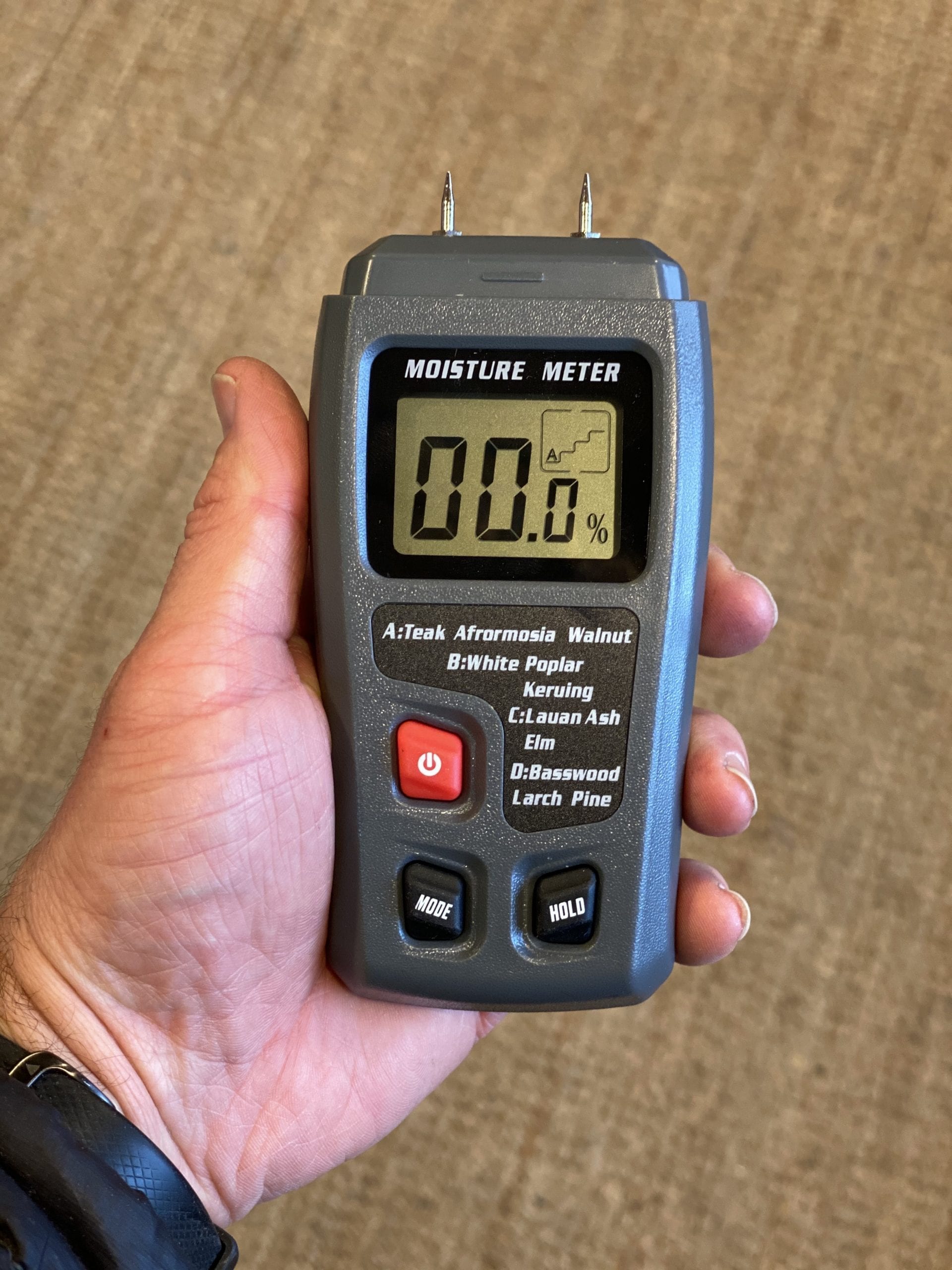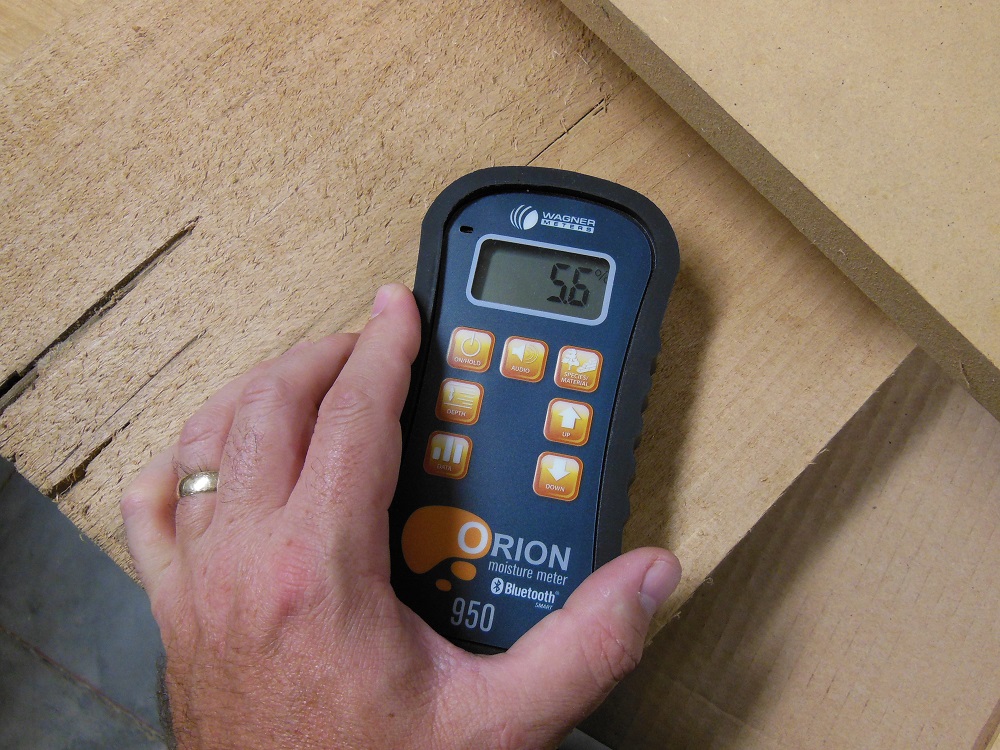

In reality, however, it is extremely rare for an environment to maintain a constant fixed relative humidity, and some degree of dimensional change along with seasonal changes in relative humidity is to be expected. EMC means that the wood is in balance with the relative humidity it surrounding environment, and is therefore neither gaining or losing in moisture content. Taking a quantitative reading with a Wagner Meters Orion 950 wood moisture meter.įor wood that is to be used in making furniture, for wood floors, in construction or for any building project, the ideal state is one of equilibrium moisture content (EMC). Species with both low overall shrinkage and a low tangential/radial shrinkage ratio are more stable and will react better to changes in moisture content. Woods with a low ratio of tangential to radial shrinkage, such as teak and mahogany, are less prone to distortion due to changes in moisture content than woods with a high ratio, such as eastern white pine and certain species of oak. The difference between radial and tangential shrinkage also varies from species to species. The amount of overall shrinkage lumber will undergo in the drying process varies from wood species to wood species. The moisture content reading can also assist in planning a project design that will accommodate future changes in dimension caused by changes in relative humidity. The reading helps in determining whether the wood is suitably dry for its intended purpose. Ī moisture meter gives a reading of the approximate moisture content of wood. Problems with distortions in the shape of the wood, such as twisting, warping and cupping, occur because of the difference in the degree of dimensional change in wood cells tangentially (perpendicular to the grain and parallel to the growth rings) versus radially (perpendicular to the growth rings). The problems caused by varying degrees of moisture content in wood go beyond simple shrinkage in the dimensions of wood parts.
#Wood moisture meeter cracked
If this step is skipped, a vast array of problems may present itself: cracking, cupping, crowning, buckling, sunken joints, and cracked finishes. Wood flooring installers, for example, have to verify that the MC of the wood matches the relative humidity in the air of the building. Building inspectors and many more, carpenters, hobbyists, and other woodworkers often are required to have moisture meters. Moisture meters are used to measure the amount of water in the wood so that the woodworker can determine if it is suitable for the intended purpose. In-kiln drying is usually monitored by some type of moisture meter. Most air-dried material is usually closer to 20 percent moisture content when used.

In most parts of the United States, the minimum moisture content that can be generally obtained in air drying is about 12 to 15 percent.

This is most often done using a kiln, but may use the air drying method, which is much slower.

Since wood shrinks, and can also split, twist or otherwise change shape as it dries, most wood is dried before being used. Newly-cut logs can have a moisture content (MC) of 80% or more, depending on species. Physical properties are strongly affected by moisture content and high moisture content for a period of time may progressively degrade a material. Wood and paper products are very sensitive to their moisture content. This information can be used to determine if the material is ready for use, unexpectedly wet or dry, or otherwise in need of further inspection. Moisture meters are used to measure the percentage of water in a given substance. Measuring water leakage in exterior wall with Trotec T660 Moisture Measuring Device, using dielectric measurement method (indicative).


 0 kommentar(er)
0 kommentar(er)
